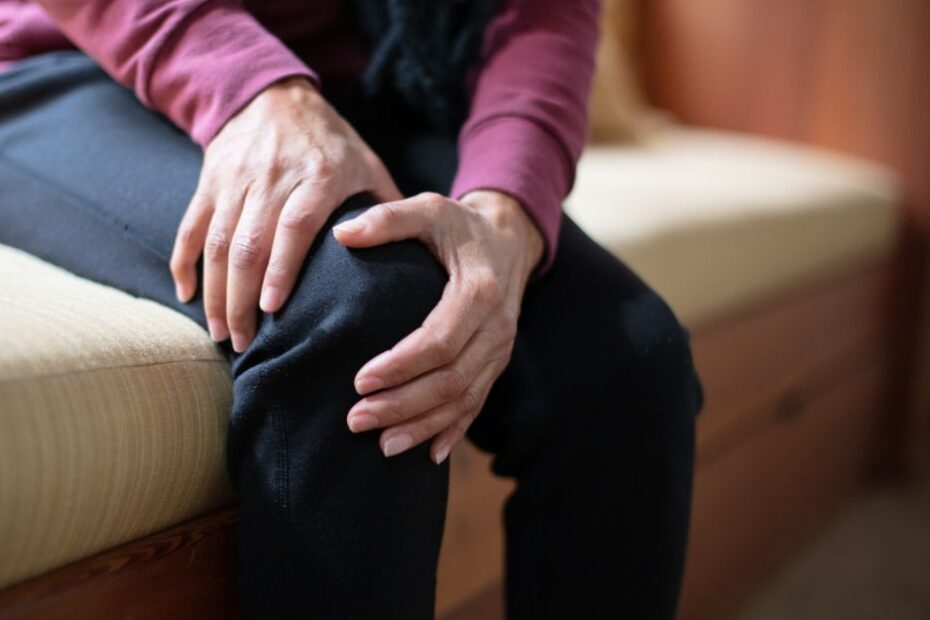Have you suffered a knee injury at work
Have you suffered a knee injury at work and now also have pain and discomfort in your other knee? You’re not alone. This is something that happens to many injured people. It’s usually caused by the person favouring or protecting their injured knee, which leads to them walking on a lean (called altered walking gait) and putting more weight onto their other leg when going about their everyday life.
Most people who come to see us with this problem think that only the knee that was injured at work can be covered under their workers’ compensation claim. However, this is not necessarily the case.
Under the workers’ compensation scheme in NSW, injuries caused by favouring and protecting an injured body part are called “secondary or consequential” injuries. To have, for example, a secondary knee injury accepted under your workers’ compensation claim, you need to be able to prove that your initial knee injury has led to and materially contributed to the symptoms you now experience in your other knee.
To help explain how this works, we’ll use a couple of real-life cases we have run for injured workers who had a secondary injury – changing the names of course.
Andrea
Andrea, an Assistant in Nursing, injured her right knee when she slipped and fell over at work. The right knee worsened over time, and she eventually had to have a total right knee replacement. When she returned to work after her injury, she began to lean on her left leg more and more to get through her work duties – to try to protect her injured right knee. This included placing all her weight onto her left leg when she was squatting, kneeling, pushing and pulling. Over time, this led to Andrea having pain in her left knee. Eventually, her left knee got so bad that she was recommended a total left knee replacement.
The insurer declined Andrea’s claim for the cost of the left knee replacement, so we filed her case in the Workers Compensation Commission (as it was at that time). We were able to satisfy the Commission that her left knee injury was a consequence of her protecting or favouring her originally injured right knee. This meant that she could now claim for both knees under the same workers’ compensation claim. This not only meant that she could claim the cost of both total knee replacements from the insurer, but the permanent impairment she suffered for both knees could also be combined to increase the lump sum compensation she was entitled to
Tanya
Tanya, who worked in retail, hurt her right knee in 2012 when she turned quickly whilst standing on a step ladder. She felt immediate pain in her right knee which worsened over time, and she had to have three operations on her right knee. Unfortunately, some months later, her injured right knee gave way whilst she was going down some stairs at home. She fell down the stairs and badly hurt her left knee in the fall.
After the fall, Tanya’s left knee was painful, but her right knee was still worse than her left, so she continued to place most of her weight onto her left side when walking, navigating stairs or doing any jobs around the home. Unfortunately, as time went on her left knee worsened to the point that she was recommended a total left knee replacement.
The workers’ compensation insurer declined liability for the total left knee replacement by arguing that the need for the operation was not connected in any way to Tanya’s original right knee injury in 2012. The insurer said that because Tanya fell at home, there was no connection with work.
We helped Tanya challenge the insurer’s decision in the Workers Compensation Commission (as it then was) by arguing that there was a clear connection between her right knee injury in 2012, her fall down the stairs at home and the need for her to place more weight onto her left knee. The Commission agreed with us and ordered the insurer to pay for the left total knee replacement.
Winning at the Commission was a very important outcome for Tanya because she was able to have both knees assessed for permanent impairment. She was ultimately assessed at over 31% WPI and so was covered for weekly compensation benefits until 12 months after retirement age and medical expenses for the rest of her life.
If you have suffered a knee injury at work and now have pain and discomfort in your other knee, contact us Personal Injury Lawyers so that we can help you with a claim for a secondary injury. These types of cases can be complicated, but with the right legal assistance, you can get a great result like Andrea and Tanya.
